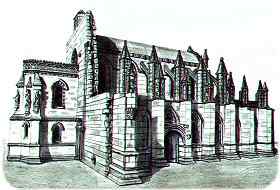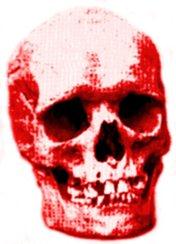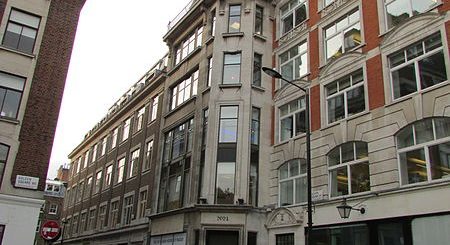St James’s Park
Dating from 1536, measuring 58 acres, St James’s Park, named after a thirteenth century leper hospital which was dedicated to St James the Less, is the oldest of the Royal Park’s in London and is reputedly haunted by a murdered headless woman in red.
King Henry VIII (born 28 June 1491 – died 28 January 1547)) acquired York Palace from Cardinal Wolsey (born 1471 – died 29 November 1530) and around 1532, keen to make it a fit Royal home he purchased a nearby area of marshland which would often be flooded by the Tyburn in order to create a deer park. He then built St James’s Palace, which is one of the three Palaces which now surround St James’s Park, the others being Buckingham Palace and The Houses of Parliament (Palace of Westminster).
 During the reign of Queen Elizabeth I (born 7 September 1533 – died 24 March 1603) St James’s Park was used amongst other things for fetes and pageants. King James I (born 19 June 1566 – died 27 March 1625)) ascended the throne in 1603 and he was responsible for arranging the draining of the Park. He landscaped St James’s and would keep exotic animals there including elephants and camels. To the South of the Park is Birdcage Walk, named after the aviary which was established there by King James I.
During the reign of Queen Elizabeth I (born 7 September 1533 – died 24 March 1603) St James’s Park was used amongst other things for fetes and pageants. King James I (born 19 June 1566 – died 27 March 1625)) ascended the throne in 1603 and he was responsible for arranging the draining of the Park. He landscaped St James’s and would keep exotic animals there including elephants and camels. To the South of the Park is Birdcage Walk, named after the aviary which was established there by King James I.
Following the Restoration of the monarchy, King Charles II (born 29 May 1630 – died 6 February 1685) made some major changes to St James’s Park after being inspired by the gardens of French palaces whilst in exile. He laid lawns, avenues of trees and even a 775m canal. Most importantly though he opened the park to the public.
 King Charles II would entertain his mistresses here and it also gained a reputation as a place you would go for liaisons and to perform acts of debauchery.* Horse Guards Parade was made in the 18th century when one end of the Park’s canal was filled in. The rest of the canal was eventually made into a lake.
King Charles II would entertain his mistresses here and it also gained a reputation as a place you would go for liaisons and to perform acts of debauchery.* Horse Guards Parade was made in the 18th century when one end of the Park’s canal was filled in. The rest of the canal was eventually made into a lake.
The Ghost:
There is an unconfirmed story behind the haunting concerning an 18th century soldier, usually referred to as being an officer or a sergeant in the Coldstream Guards (founded 1650, this the oldest regiment in the Army). This soldier lured his wife to St James’s Park and murdered her. He then removed her head and was attempting to dump her body in the lake or canal when he was spotted and stopped by other members of his regiment.
The headless apparition, described as wearing a red striped dress stained in blood, is said to haunt Birdcage Walk** and be seen walking from Cockpit Steps (the site of a royal cockpit) towards the lake. Sometimes she is said to be seen coming out of the lake.
She was said to have been witnessed in January 1804 (or 1802) by two soldiers on sentry duty who were so distressed that they were unfit for further duty. Some sources state the Times newspaper carried this story. One source goes on to suggest that the two soldiers encountered the ghost separately and independently and names them as Private George Jones and Richard Donkin of the Coldstream Guards.
Another sighting was in 1972 when the Lady in Red was caught seen by a motorist. He had to veer off the road to avoid hitting the apparition and in some accounts he hit a lamp post.
*During this time period the satirical poet and friend of King Charles II, John Wilmot, 2nd Earl of Rochester (1 April 1647 – 26 July 1680) wrote an explicit poem entitled A Ramble in St. James’s Park. [WARNING ADULT CONTENT]
** This road was opened to the public in 1828. Before thi sdate only members of the Royal Family, the Duke of St Albans and Grand Falconer were permitted to drive upon it.




Re: St James’s Park
According to ‘Chambers Guide To London The Secret City’ the sergeant’s wife’s body was found in the lake stabbed and decapitated in 1816. She had been killed for having a suspected affair with another guard.